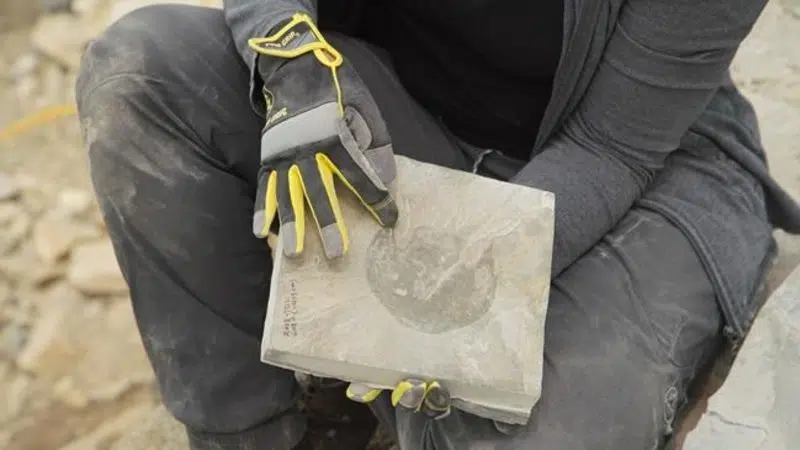
‘Fearsome-looking animal’ discovered at Burgess Shale in B.C. national park
Researchers at the Royal Ontario Museum and University of Toronto have uncovered fossils of a large predatory species in 506 million-year-old rocks in the Canadian Rockies in British Columbia.
The species, described in a study published Tuesday in Proceedings of the Royal Society B, is named Cambroraster Falcatus.
“This animal has this really unique looking frontal carapace, or shield-like structure, covering its head,” said Joseph Moysiuk, a PhD student at the University of Toronto and lead author of the study.
“It’s like nothing we had seen before. But we actually nicknamed it in the field: The Spaceship.”


